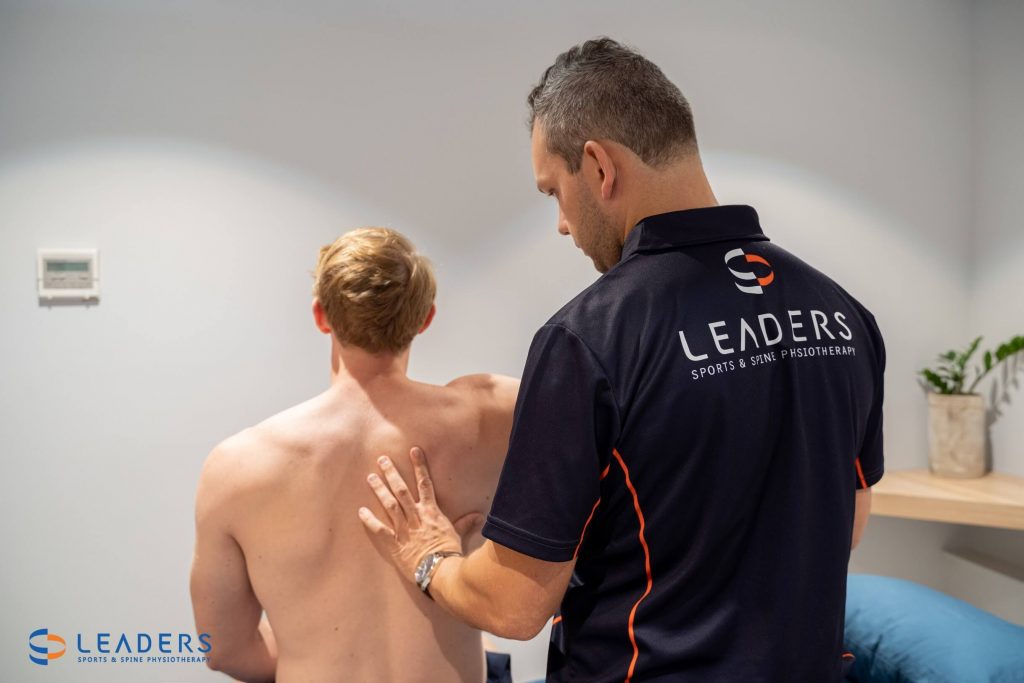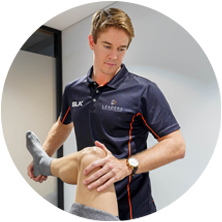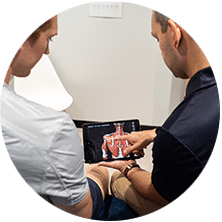Thoracic Outlet Syndrome
Thoracic outlet syndrome is a term used to describe three related syndromes involving the compression of nerves, arteries, and veins in the lower neck and upper chest area. The compression of one or more of these structures can result in pain through the arm, shoulder and neck. Compression of these structures occurs in one of the narrow passageways leading from the base of the neck to the armpit and arm, most commonly in the subclavian space (area under the collarbone).
The cause of the compression through these narrow passageways can vary greatly from person to person. Some of the causes may include; anatomical defects or variations, tumors within the narrow passageways, physical trauma, pregnancy, poor posture, & repetitive movements through the arm and shoulder.





